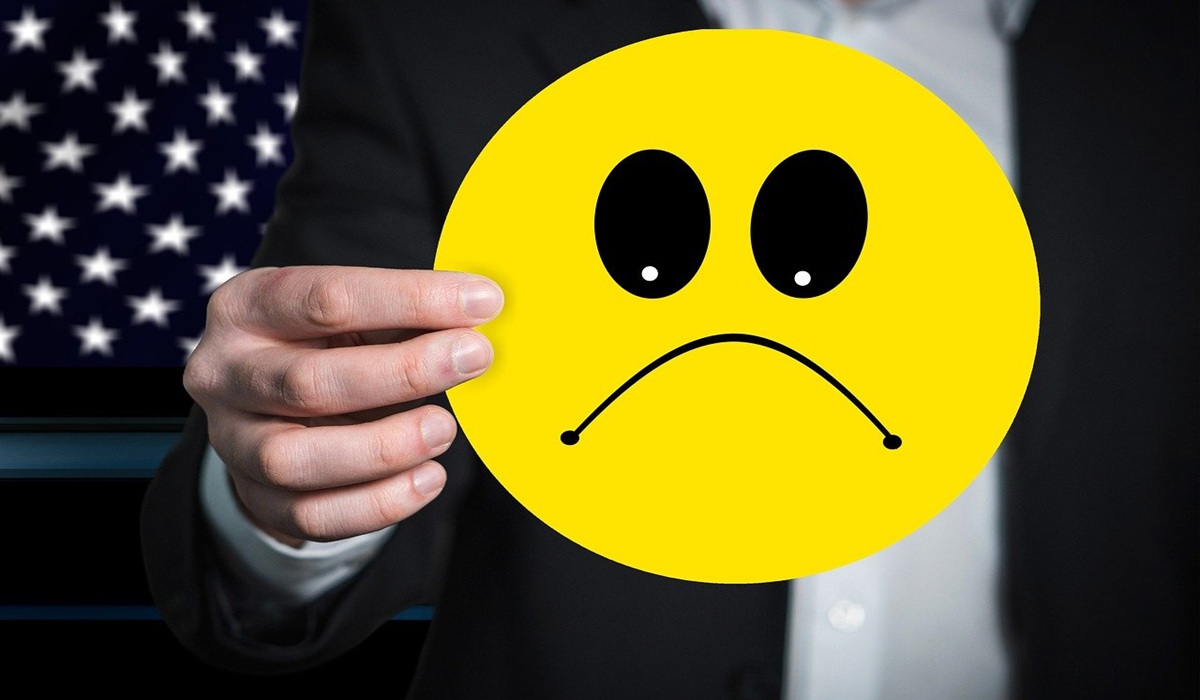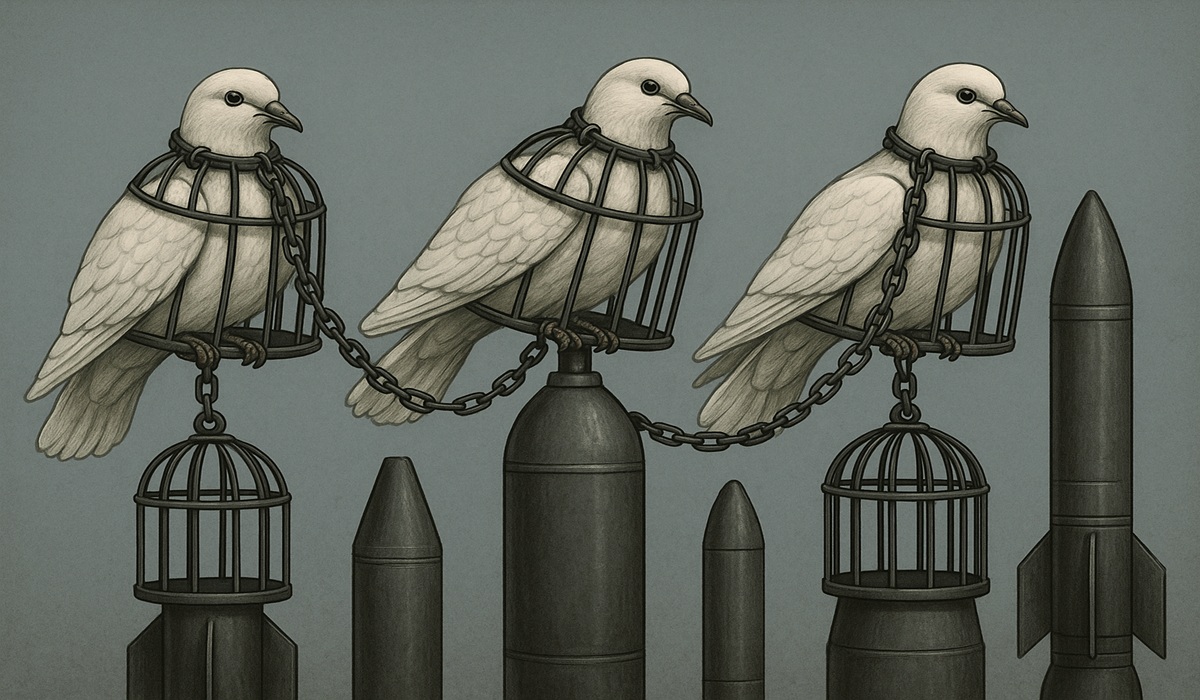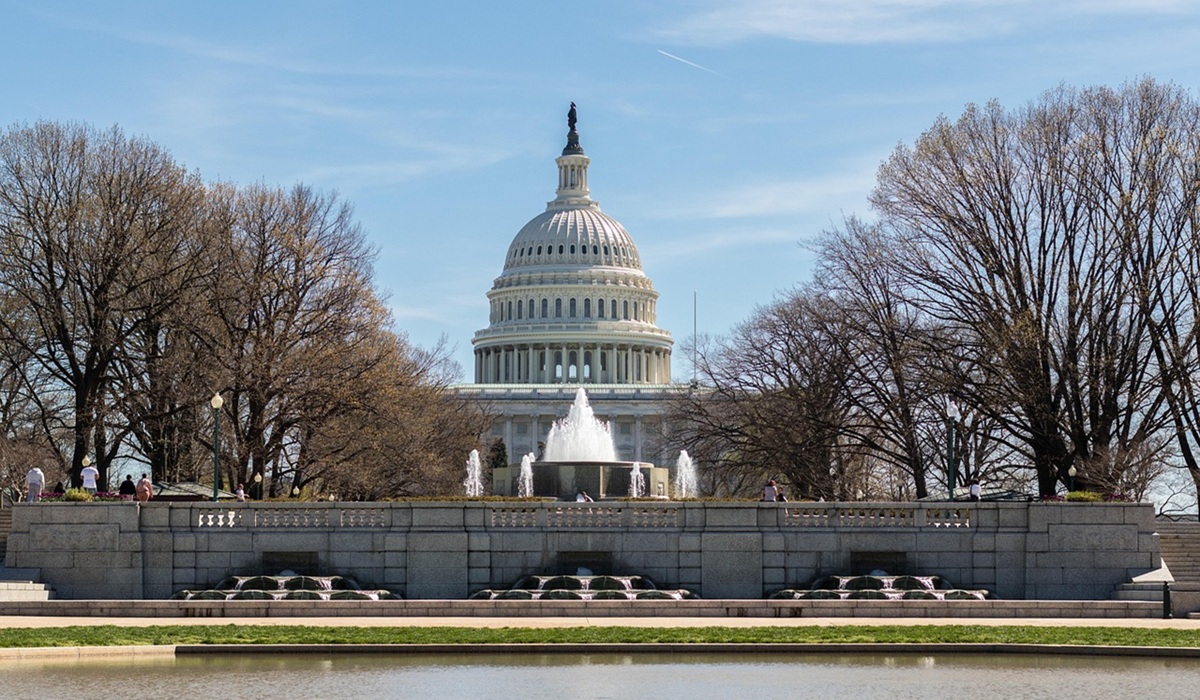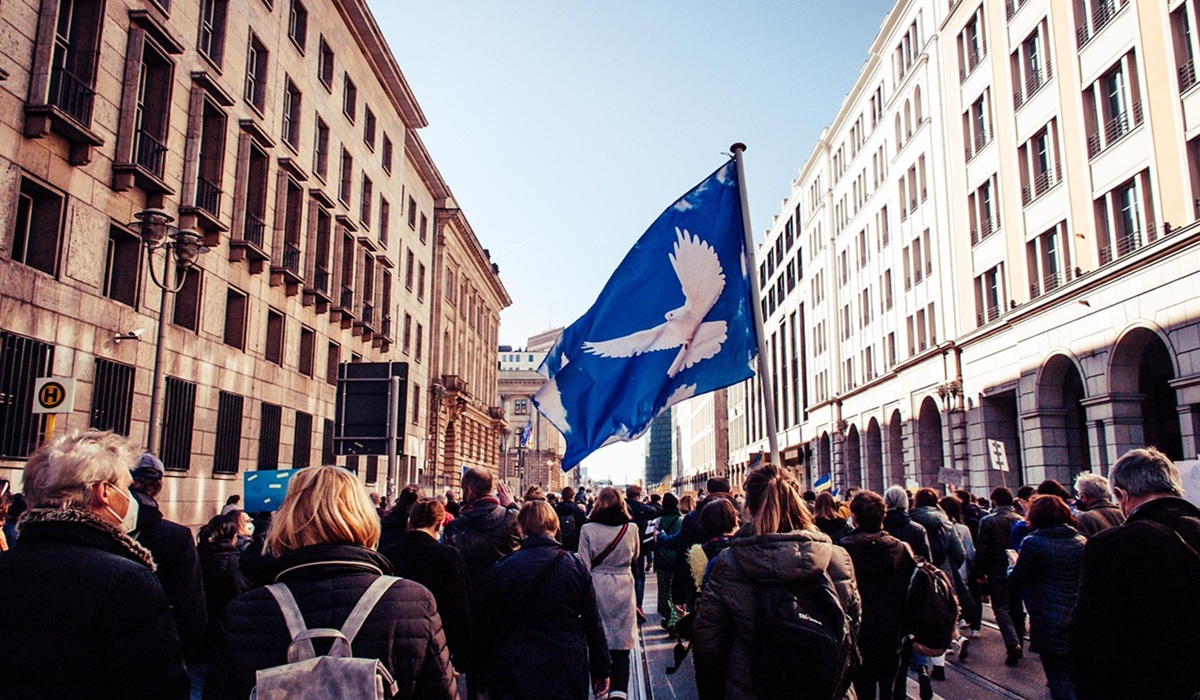The Profit of Pain: How ICE and Private Prisons Turn Detention into Dollars
- Ingrid Jones
- U.S.A
- October 15, 2025
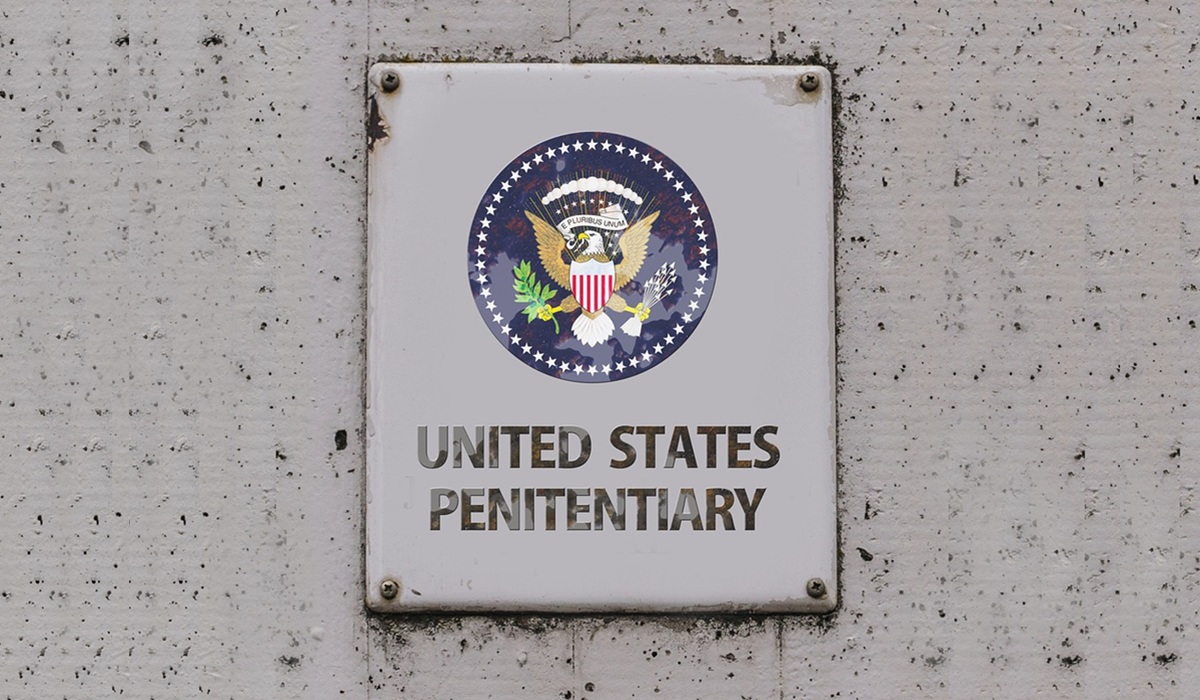
Image Credit: Geralt
The vans roll out before dawn, moving through neighborhoods that are already weary of sirens and suspicion. Inside are ICE agents, but this time the faces of those being taken are not only Latino. Many are Black—American citizens or immigrants alike—pulled into the net of a system that has quietly expanded under the banner of enforcement but powered by profit. What’s taking place in America’s detention network today is less about law and order and more about commerce and control.
The mechanics are deceptively simple. To deport, you must first detain. Detention, however, has no real expiration date. Immigration law, unlike criminal law, carries no constitutional guarantee of a speedy trial. Detainees can wait months or even years in custody before a judge ever hears their case. In that time, they are human capital—measured in “bed-nights,” a unit of profit for private prison companies that house the majority of ICE detainees. Each occupied bed translates into revenue, paid for by taxpayers. The longer the stay, the higher the bill.
Private prison corporations such as GEO Group and CoreCivic dominate this landscape. They have become the hidden beneficiaries of immigration enforcement. Their contracts with ICE often contain minimum payment clauses, guaranteeing income even if detention centers are not full. The incentive is obvious: keep the beds occupied, keep the money flowing. When Donald Trump was first elected, shares of both companies surged. When he was reelected, the pattern repeated. Investors understood what policy meant for business—more raids, more detainees, more profit. Stock markets, indifferent to human consequence, recorded the enthusiasm in real time.
Inside these facilities, conditions are bleak. Reports from human rights organizations describe overcrowding, medical neglect, and psychological trauma. Some detainees perform maintenance labor for as little as one dollar a day, a figure that courts have ruled is legal under ICE’s “volunteer work program.” In practice, that means entire detention centers run on the cheap labor of the people imprisoned within them. It is a self-sustaining ecosystem where the line between punishment and profit has all but vanished.
What makes this new chapter even more disturbing is who gets caught. Black immigrants make up a disproportionate share of long-term detainees. Many are lawful residents who become ensnared in traffic stops or data mismatches. Others are citizens mistaken for undocumented individuals. Racial profiling blurs the boundaries between immigration enforcement and traditional policing, creating a system where suspicion can substitute for evidence. Once inside, freedom depends less on innocence than on the slow machinery of bureaucracy and the endurance of one’s spirit.
The rationale for such expansive detention is often national security. Yet the numbers suggest something else. Since 2023, over ninety percent of ICE detainees have been held in privately operated centers. These facilities are funded through congressional appropriations but managed as commercial enterprises. The government pays per detainee, per day. The companies provide the space, food, guards, and medical services, often through subcontractors that lobby aggressively to maintain the status quo. Oversight is minimal. Accountability is diffused. Responsibility is shared so widely it disappears.
Compare this to other federal systems. The Bureau of Prisons operates under criminal law, with defined sentences and clear judicial authority. ICE operates under administrative law, where detention is technically “civil.” That technicality allows indefinite custody without criminal conviction. In a nation that prides itself on due process, this distinction is quietly devastating. It means that people can be detained not for what they have done, but for what they are accused of being—foreign, suspect, or simply in the wrong place at the wrong time.
For communities already burdened by systemic inequality, the consequences are shattering. Families vanish overnight. Children wake to find parents gone. Churches and advocacy groups scramble to locate the missing, often finding them hundreds of miles away in remote facilities built to minimize visibility and maximize profitability. Every link in this chain—transportation, legal services, detention management—feeds a broader economy of enforcement. The more people detained, the greater the incentive to sustain the system.
The moral cost is harder to calculate but impossible to ignore. America’s for-profit detention industry has turned human vulnerability into financial opportunity. The question is no longer who is being deported, but who benefits. Every share traded, every contract renewed, every bed filled represents a transaction in which freedom is commodified. Behind the bureaucratic language of “enforcement” lies a machinery of human warehousing that thrives on the absence of urgency.
ICE insists that its operations are guided by law and necessity. But the data, the contracts, and the profit margins tell another story. When deportation becomes a market and detention becomes indefinite, justice itself becomes negotiable. The system, in effect, rewards inefficiency and punishes resolution. The longer someone waits, the richer someone else becomes.
So, we are left to ask: who profits from a policy of perpetual detention? Who counts the dollars as families count the days? And when the government pays corporations to confine people indefinitely, can we still claim that freedom is America’s defining value? These are not ideological questions. They are moral ones. Because in the end, a nation that monetizes confinement risks losing more than money—it risks losing its soul.




